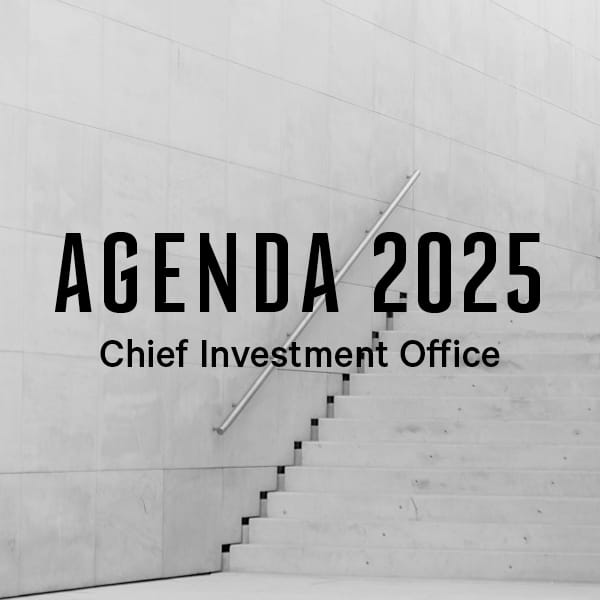-
Overview
Breakeven inflation is a measure of expected inflation derived from the market.
Breakevens are the market’s expectation of future inflation, not where inflation will necessarily be. But the implication is that as real rates decline, investors seeking better returns abandon bonds and buy stocks.
The problem at the moment is the drop in real yields is now because of increased inflation — not so much a decline in Treasury yields. Inflation expectations have been rising since March, particularly at the 2-year point, which could give risk investors a headache down the road.
Chart 7: Market is pricing in rebound in inflation in 2yrs

Source: Bloomberg
The 2s30s US yield curve has steepened about 30bps in August led pretty much solely by moves in 30yr.
Federal Reserve Chair Powell’s historic shift to a more relaxed stance on inflation and focus on the jobs market suggests the Fed’s low interest-rate policy is here to stay for longer. That gave rise to further steepening.
This lower-for-longer environment has at least two implications. First, it’s conducive for anything that yields positive cash flow and income, such as stocks or corporate bonds. Second, there’s better coordination between monetary and fiscal policies. The Fed keeps rates low so that the government can borrow and spend.
Chart 8: US yield curve steepening

Source: Bloomberg
The Fed is taking an ever-greater role in the U.S. economy and that’s raising concerns it is skewing the playing field to the benefit of larger companies. This chart features an indicator of financial repression (the spread of BBB-rated corporate debt over Treasuries) compared to U.S. bank stocks. Spreads on corporate bonds are touching fresh lows while banking stocks have largely moved sideways and are lagging the broader index. Whatever’s happening in credit, it is not coming courtesy of banks. It’s almost certainly coming courtesy of the central bank as it acts as lender of last resort to compress risk premiums as investors scramble for yield.
Chart 9: Financial repression at work

Source: Bloomberg







